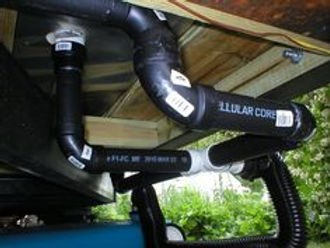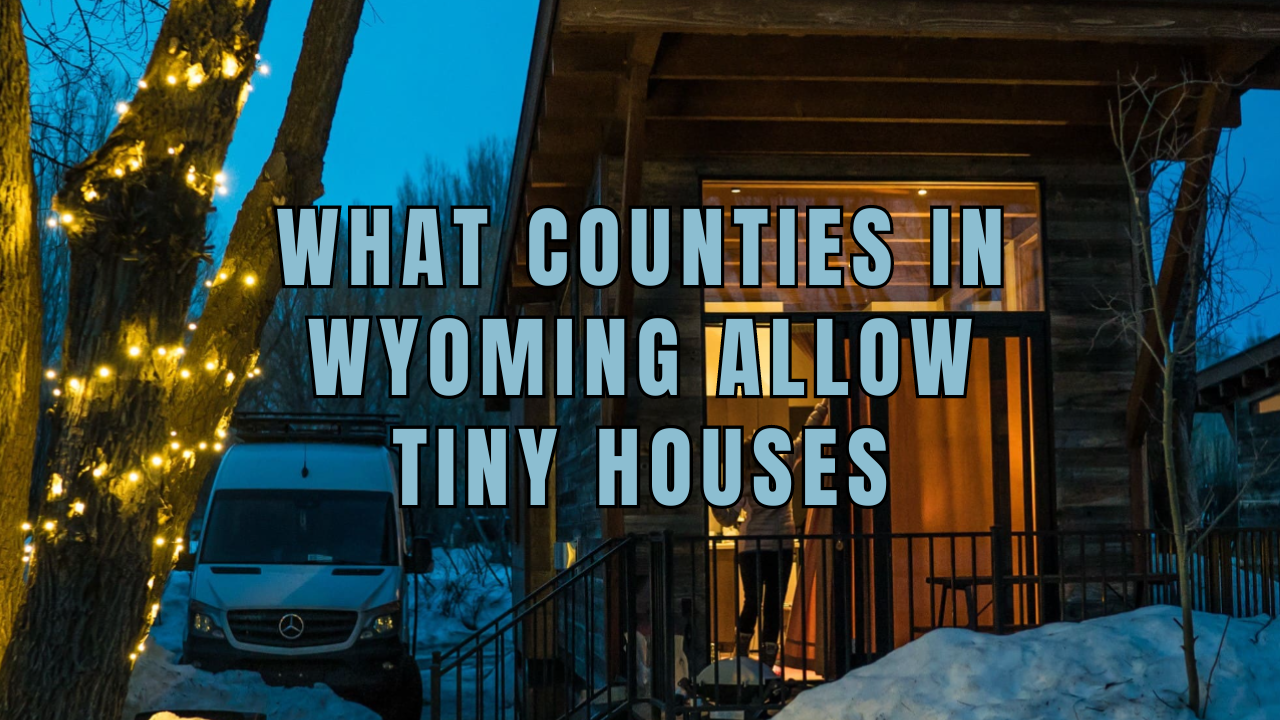We have been doing some research on grey water solutions for our tiny house builds and found two solutions that would work well in the Michigan climate.
Permanent/Semi-Permanent Location:
We found that you can dig underground drainage and water supply lines that are insulated once they leave the ground. These connections are to be located under the tiny house where they could be covered up by insulated panel skirting (similar to mobile home skirting but better looking). The sections of piping that are exposed under the tiny house should also have heat tape sandwiched inside the insulation directly next to the pipes. This option is expensive and the underground work has to be in a location where you can make this happen (IE: your own property or family members property). In this scenario, the grey and black water would still flow through your holding tanks into the drainage system.
Temporary Location:
Similar to above, the water drainage and supply lines underneath the chassis of your tiny home should all be insulated and have heat tape applied on a dedicated electrical circuit. The draw back to the heat tape is that if you were to blow a breaker, you will freeze the pipes! So if you choose this option you should be careful not to overload the electrical service of your tiny house with electrical appliances and always be sure to keep the heat tape on its own, separate and dedicated circuit(s). The holding tank can also have a heat blanket installed to aid with keeping it warm in the colder months. In our research we found that they also recommend poring an RV antifreeze solution into your holding tank so in the event you blow a breaker, you are still covered. There are also many people that simply use a sodium chloride solution as well, but that also has drawbacks. With both the RV antifreeze and NaCl solutions, you need to be mindful of the amount of water that is in your holding tanks, so you can maintain the proper dilution ratio. To help this process, you could also install a gauge on the holding tanks so you can estimate how many gallons of water are in them.
I would suggest that you refer to a licensed professional before deciding on what would work for you own tiny house build. We are merely offering the information that we have found in our own research and want to share what we learn with other tiny house enthusiasts.





